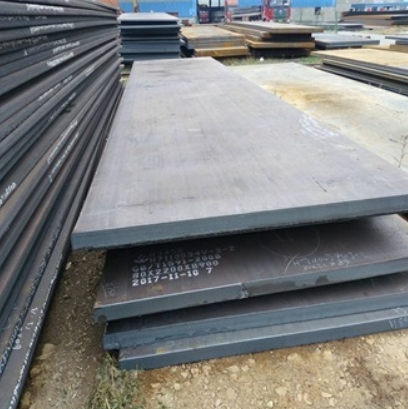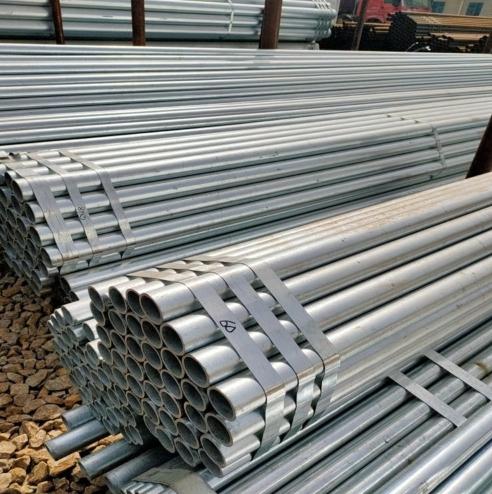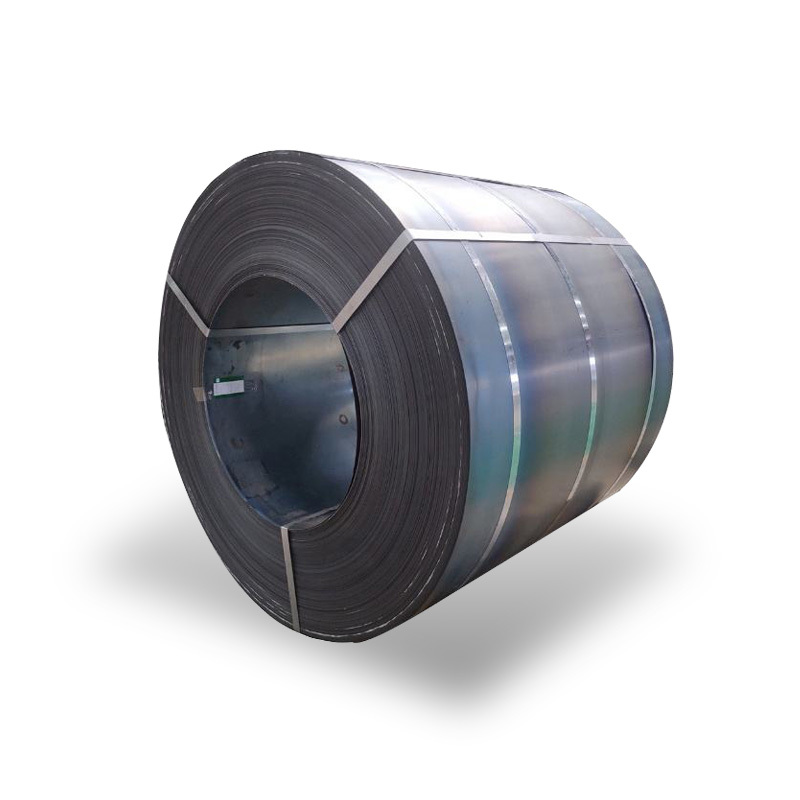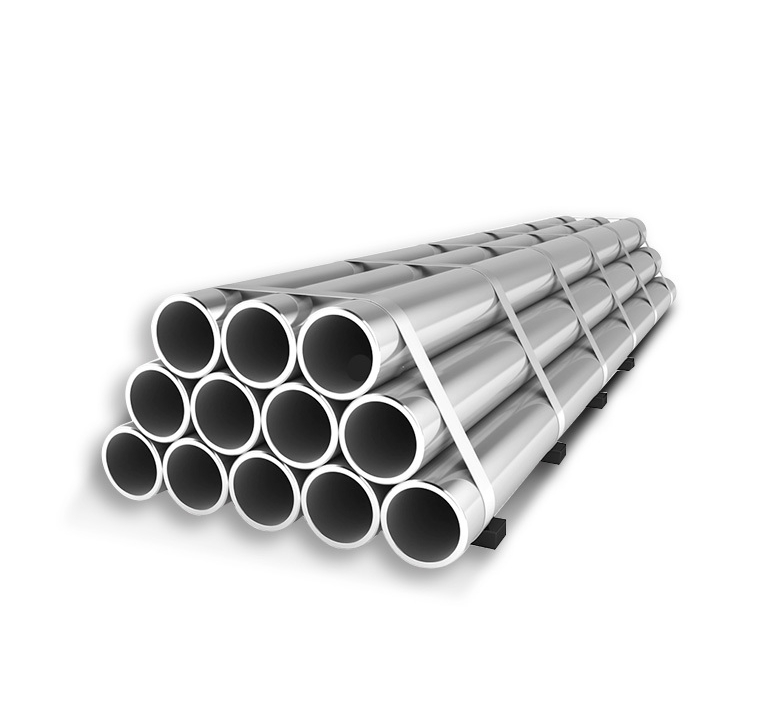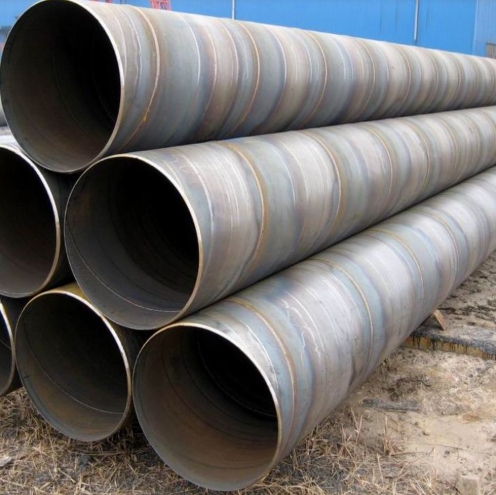Why Low Temp Carbon Steel Plate Outlasts Regular Steel in the Cold
Let’s face it: Low Temp Carbon Steel Plate isn’t just “cold-resistant”—it’s engineered for survival. While standard A36 steel turns brittle at -20°C, ASTM A537 CL1 plates retain 80% toughness at -60°C (ASME, 2023). But here’s the kicker: 63% of LNG tank failures stem from using the wrong grade below -50°C.
Problem: A Canadian hydrogen plant’s valve housing shattered at -80°C, leaking $2M in gas.
Solution: Switching to low temp carbon steel plate with 40J Charpy impact at -100°C fixed leaks.
Freeze Zone Showdown – Regular vs. Low Temp Plates
LSI Keywords: Charpy V-notch, ductile-to-brittle transition, notch toughness
| Property | ASTM A36 | ASTM A537 CL1 (Low Temp Carbon Steel Plate) |
|---|---|---|
| Min. Yield Strength | 36,000 PSI | 50,000 PSI |
| Operating Temp Limit | -29°C | -60°C |
| Charpy Impact (-40°C) | 13J | 47J |
| Cost per Ton | $680 | $1,150 |
⚠️ Warning: Never substitute normalized plates for true low temp carbon steel plate—improper heat treatment cuts toughness by 60%!
Case Study – How SpaceX Fixed a Cryogenic Fuel Valve
Problem: Falcon 9’s LOX valves developed micro-cracks after 3 launches at -183°C.
Solution:
- Replaced 304 stainless with low temp carbon steel plate (SA-517 Gr.F)
- Applied 12% nickel weld overlay
- Post-weld heat treated at 620°C
Result: Valves now survive 20+ cycles with <0.1mm deformation (Source: SpaceX 2023 supplier report).
5-Step Protocol for Working with Low Temp Carbon Steel Plate
Step 1: Material Certification Check
Demand mill reports showing:
- Carbon ≤0.23%
- Phosphorus ≤0.025%
- Charpy test results at target temps
Step 2: Cutting & Drilling Rules
- Plasma cut ≥3mm from final dimensions
- Drill speeds ≤120 SFM
- Lubricate with low-sulfur oil
Step 3: Welding Prep
- Preheat to 95-150°C (varies by thickness)
- Use E7018-G electrodes
- Maintain interpass temps ≤230°C
Step 4: Post-Weld Treatment
- Stress relieve at 595-675°C for 1hr/inch thickness
- Slow cool at ≤55°C/hour
Step 5: Final Inspection
- Liquid penetrant test all welds
- Verify flatness ≤1.5mm/m
Pro Tip: I once saved a cryogenic pipeline project by specifying low temp carbon steel plate with 0.18% carbon—the mill’s 0.22% batch failed UT scans.
The 3 Deadly Myths About Cryogenic Steel
| Myth | Reality |
|---|---|
| “Thicker plates handle cold better” | Thin plates (<20mm) often outperform thick ones |
| “Stainless is safer” | 304SS loses 90% ductility at -100°C |
| “Preheating prevents cracks” | Improper preheat causes HAZ cracking |
Data Shock: 22% of low temp carbon steel plate failures occur from over-tempering during fabrication (ASM International, 2024).
When to Avoid Low Temp Carbon Steel Plate
- Radiation environments (neutron embrittlement)
- Continuous temps >370°C (graphitization risk)
- Highly acidic services (pH <4)
Cryogenic Engineer’s Survival Checklist
Pre-Installation Checks:
☑️ Verify plate marking (ASTM A537/SA-516 Gr.70 etc.)
☑️ Confirm Charpy tests match design temp
☑️ Inspect for laminations via UT scanning
☑️ Validate PWHT (Post Weld Heat Treatment) charts
☑️ Test weld hardness (max 225 HV)
Emergency Repair: For cracked low temp carbon steel plate, drill stop holes and apply 309L buttering layer before rewelding.
Final Verdict – Precision Trumps Price
Low Temp Carbon Steel Plate isn’t a luxury—it’s insurance. When Norway’s Snøhvit LNG plant upgraded to ASTM A517 plates, they achieved zero leaks over 15 Arctic winters. Your choice? Pay 30% more upfront or 300% more in repairs.




